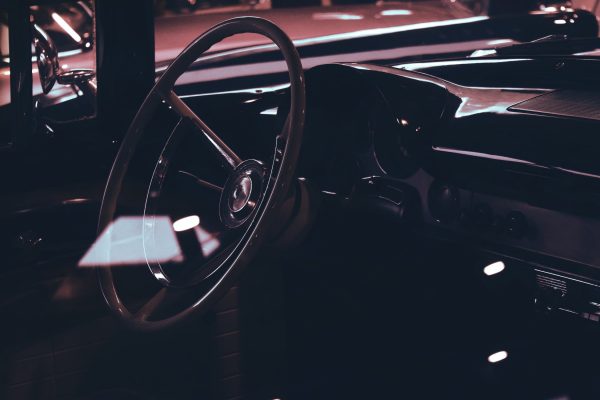HVAC Charlotte - Get Professional Help
A heating and air conditioning company in or best HVAC company | AIRTODAY Charlotte NC offers several services to the residents of the area. Their large database of skilled technicians allows them to offer heating and cooling services that are conditioned by their state-of-the-art equipment. These services include air conditioning repair, humidification, vent cleaning, ceiling and floor fans, HVAC system diagnostics, and HVAC maintenance. They also provide emergency service in Charlotte and throughout North Carolina. The technicians are also skilled in installing new HVAC equipment and can recommend the most cost-effective options.
HVAC Insulation Ideas
If you have an older building that is not currently insulated or sealed, it is advisable to contact a HVAC Charlotte specialist for complete analysis and detailed recommendations on the best solution. In addition, a qualified technician can provide tips on reducing your heating and cooling costs with energy efficient windows, doors, and skylights. Other techniques that they can recommend are window washing and sealing, energy efficient light bulbs, and low voltage lighting. In most cases, the expert can also recommend an HVAC contractor who can install the systems for you.
8100 England St,
Charlotte, NC 28273
Call Us
(704) 553-9884
Charlotte Local Heating & Ventilation
You can also benefit from hiring the services of a qualified HVAC Charlotte expert by obtaining a free thermal imaging report. This type of inspection will identify areas that are not insulated properly and have high utility bills. With the help of a trained technician, you can make suggestions about making changes to improve the insulation and heating efficiency of your building. They also have the expertise to suggest solutions for reducing the number of drafty windows in your home. Many HVAC contractors in Charlotte offer state-of-the-art indoor air quality testing equipment to test the quality of the air in your home.
Get Your Unit Installed
In addition to inspecting your home for conditions that could be detrimental to health, HVAC experts can also give you advice on how to optimize the comfort levels in your home. There are many things that you can do to keep your family healthy while spending less money. For instance, you can install a new furnace or clean your air ducts regularly. If you need an energy star, the technician can help you determine if you qualify. Energy Star appliances are designed to use less electricity and are more energy-efficient. As an added bonus, the energy consumption of HVAC Charlotte technicians is likely to decrease as a result of recommended appliance maintenance.
HVAC Today In Your Home 2021
One way to improve the overall condition of your HVAC system is to replace faulty elements such as blower motors, condensers, and evaporators with new ones. New, more efficient models often cost less to purchase and install than older models, so the savings will begin almost immediately. In addition, it is more cost-effective to replace HVAC components that are worn out instead of replacing entire assemblies. A qualified HVAC Charlotte installer can advise you on the best units for your home and the best prices.
Call Now
Most HVAC Charlotte service technicians offer a warranty on their work. In addition, it is very common for HVAC services to be scheduled as part of a routine inspection. If your HVAC system has problems that are not related to improper operation or heating or cooling, however, it may be necessary to schedule an inspection in order to find a more permanent repair. It is also important to make sure that your HVAC system is properly maintained, since many problems only become noticeable during routine maintenance visits.














